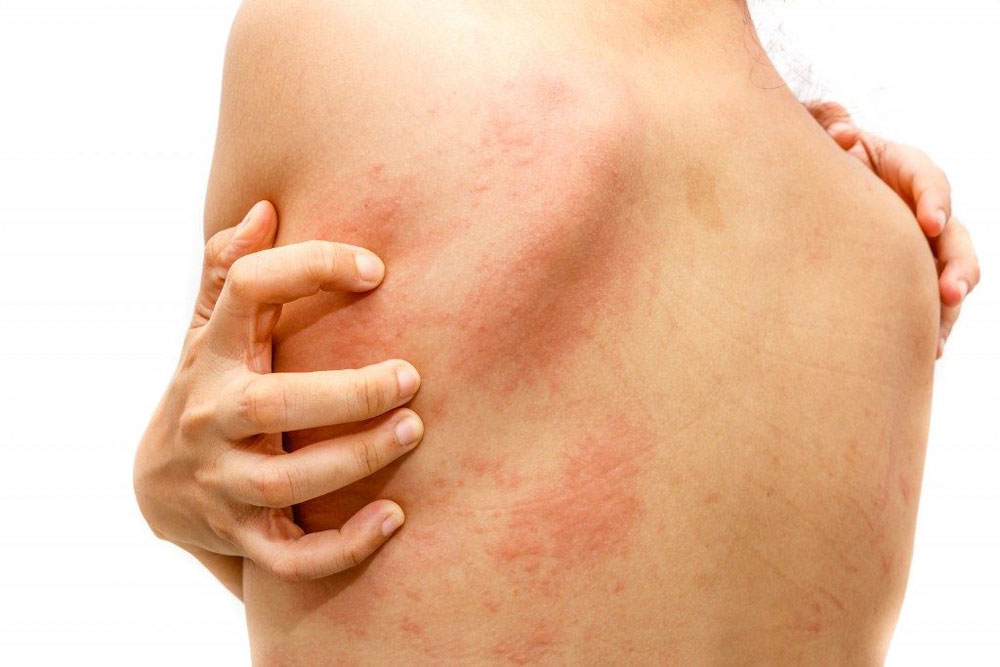Did you know that more than two percent of individuals worldwide suffer from debilitating skin diseases? According to the Global Burden of Disease Study, the incidence of skin disease has been constantly rising over the past decade. As a result, the World Health Organization (WHO) recommends regular visits to a dermatologist in Salem to ensure early management of skin diseases. This article discusses the most common skin diseases that require early diagnosis and management.
Hypersensitivity Reaction
This is a severe immune system reaction that occurs in response to an exposure to an extrinsic agent that incites an allergy. This condition is characterized by distinct, well-defined, warm, reddish spots on the skin upon exposure to allergens. You may also experience headache, watery nasal discharge, and itchy throat during a hypersensitivity reaction.
If left untreated, a hypersensitivity reaction may progress into systematized progression of symptoms. You may also experience abdominal pain, diarrhea, vomiting, and difficulty of breathing. Thus, it is crucial to consult a dermatologist who will start you on antihistamine medications. If oral intake cannot be tolerated, intramuscular injection of antihistamines may be given.
Atopic Dermatitis
This is a chronic condition that causes redness and itchiness of the skin. This disease occurs among individuals with genetic factors such as positive family history, environmental exposure, and chronically irritated skin. This type of dermatitis is triggered when skin becomes dry due to fluctuating temperatures, lack of moisture, and frequent irritation. As a result, bacteria grow and multiply in the skin, which results in a severe inflammatory reaction.
Recurrent dermatitis flares can be prevented through the use of moisturizers, mild soaps, and bleach baths. If not managed right away, atopic dermatitis may cause skin excavations due to recurrent scratching. Thus, it is crucial to visit a dermatologist to preserve skin moisture.
Seborrheic Dermatitis
This is a skin condition that is characterized by red patches in the scalp, nasal folds, eyebrows, and eyelids. It occurs due to weak immune response and overgrowth of fungi in the skin. This disease is characterized by the presence of white flakes in the hair, which is resistant to constant washing. Other clinical manifestations include red, greasy, and itchy skin in hair-rich areas of the body.
The presentation of seborrheic dermatitis may resemble different diseases. Therefore, it is crucial to visit a dermatologist who will start you on creams and ointments to restore skin moisture. Your dermatologist may also start you on anti fungal medication over the affected area to decrease the severity of your condition.
Athlete’s Foot

Tinea pedis or athlete’s foot is a common dermatologic condition that occurs in the warm and moist areas between the toes. It occurs due to overgrowth of fungi, which thrives due to moisture in damp socks and closed shoes. It is also acquired through direct contact by using an infected person’s socks, towel, and shoes.
Skin and subcutaneous diseases may cause permanent scars if not treated right away. Therefore, it is crucial to find a dermatologist at the earliest sign of skin problems to ensure that you receive prompt management.






